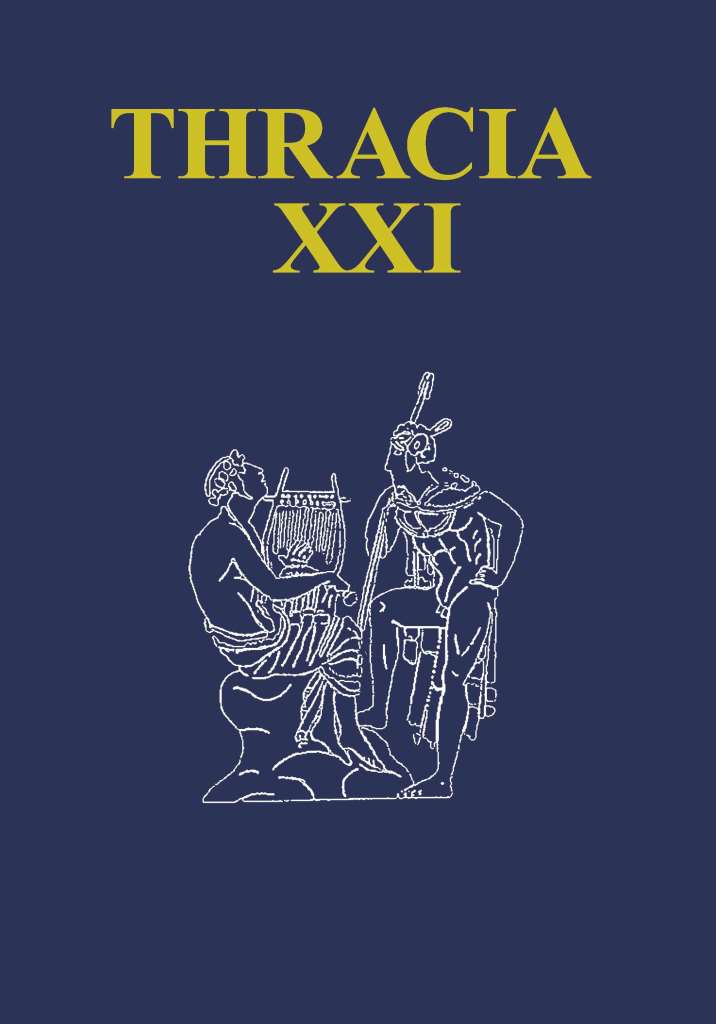АГРАРНО СТОПАНСТВО И ТЪРГОВИЯ С ХРАНИ В ДРЕВНА ТРАКИЯ
AGRICULTURE AND FOOD TRADE IN ANCIENT THRACE
Author(s): Rumyana GeorgievaSubject(s): History, Archaeology, Economy, Agriculture, Economic history, Local History / Microhistory, Ancient World
Published by: Институт за балканистика с Център по тракология - Българска академия на науките
Summary/Abstract: The specificity and the principal characteristics of agriculture in Thrace during the first millennium BC are reconstructed based on analysis of the ancient written sources, summing up of the archaeological evidence (mostly farming tools), iconographic information, archaeo-zoological, archaeo-botanical and palynological data, as well as on observations on the periodic climate changes during that period. They testify to the existence of developed agriculture in many regions of Ancient Thrace, which was characterised by good knowledge in agronomy, a visible agricultural calendar and gradual introduction of new economic strategies, which were among the factors responsible for the socio-economic changes in Thrace. Agriculture and stockbreeding were integrated and that can be seen from the grain remains found (including seed grain) together with bones of domestic animals in the same sites. Agriculture secured food above all by growing a wide variety of cereal and leguminous crops, vineyards, fruits and vegetables, bees and domestic animals. Parallel with that they produced raw materials for making clothing and textiles (wool, furs and leather, and industrial crops like hemp and flax). Draught animals and horses for the Thracian cavalry were also raised. During the second half of the first millennium BC, agricultural production became an important element in the foreign trade of the Thracian states.
Journal: Thracia
- Issue Year: 2016
- Issue No: 21
- Page Range: 109-132
- Page Count: 24
- Language: English, Bulgarian
- Content File-PDF

